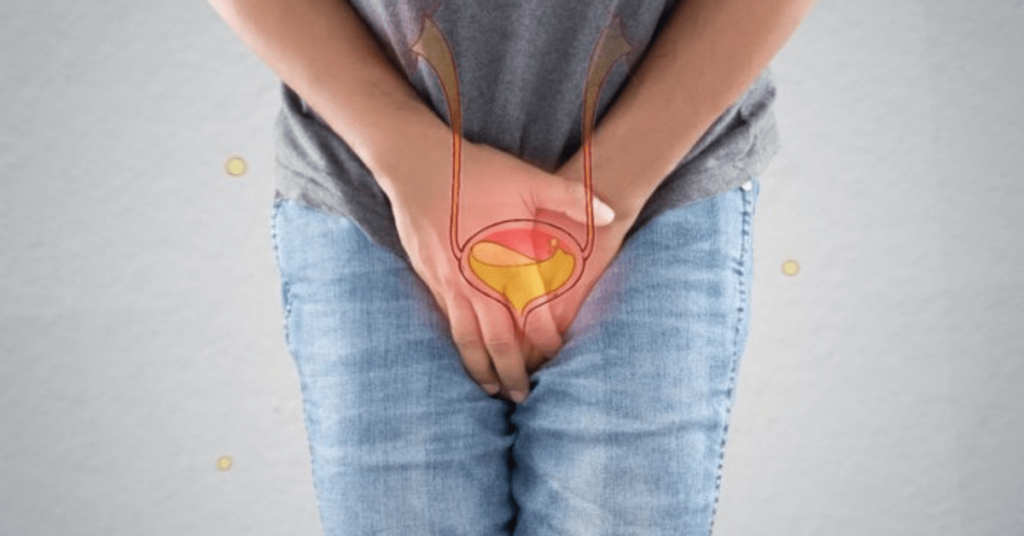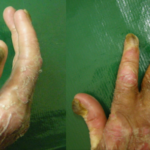Dysuria, characterized by pain or discomfort during urination, is a common symptom affecting individuals of all ages. It often presents as a burning sensation and can be indicative of various underlying medical conditions. Proper diagnosis and treatment are essential for effective management and relief.

Common Causes of Dysuria
Dysuria can arise from numerous conditions, broadly classified into infectious and non-infectious causes.
Infectious Causes
- Urinary Tract Infections (UTIs): The most common cause of dysuria, UTIs primarily affect the bladder (cystitis) and urethra (urethritis). Women are at higher risk due to a shorter urethra, allowing bacteria to reach the bladder more easily.
- Sexually Transmitted Infections (STIs): Infections such as chlamydia, gonorrhea, and genital herpes can lead to urethral inflammation, resulting in painful urination.
- Prostatitis: In men, inflammation of the prostate gland can cause dysuria, often accompanied by pelvic discomfort and difficulty urinating.
- Vaginitis: Infections like bacterial vaginosis, yeast infections, and trichomoniasis can cause irritation and pain during urination in women.
Non-Infectious Causes
- Urethral Stricture: Narrowing of the urethra due to scarring from injury, infection, or medical procedures can impede urine flow, causing discomfort.
- Chemical Irritants: Certain personal hygiene products, including perfumed soaps, douches, and spermicides, can irritate the urethra and lead to dysuria.
- Kidney Stones (Urolithiasis): The presence of stones in the urinary tract can lead to pain and discomfort, especially when passing through the urethra.
- Interstitial Cystitis: A chronic bladder condition characterized by bladder pain, frequent urination, and discomfort during urination.
Associated Symptoms
The presentation of dysuria may vary depending on the underlying cause. Common associated symptoms include:
- Frequent Urination: Increased urgency and frequency, often with small urine output.
- Hematuria: Presence of blood in urine, either visible (gross hematuria) or microscopic.
- Lower Abdominal or Pelvic Pain: Discomfort localized to the lower abdomen or pelvic region.
- Fever and Chills: Suggestive of systemic infections such as pyelonephritis (kidney infection).
- Abnormal Discharge: Urethral or vaginal discharge may indicate an infection, particularly STIs.
Diagnostic Approach
A systematic approach is required to determine the underlying cause of dysuria.
1. Medical History and Physical Examination
- A detailed history focusing on symptom onset, sexual activity, hygiene practices, and prior medical conditions helps narrow down potential causes.
- Physical examination includes checking for tenderness in the lower abdomen, urethral or vaginal discharge, and prostate abnormalities in men.
2. Laboratory Tests
- Urinalysis: Detects signs of infection, blood, or abnormal cells in urine.
- Urine Culture: Identifies bacterial pathogens responsible for infections and determines appropriate antibiotic treatment.
- Nucleic Acid Amplification Tests (NAATs): Detects sexually transmitted infections like chlamydia and gonorrhea.
3. Imaging Studies
- Ultrasound or CT Scan: Identifies structural abnormalities, kidney stones, or tumors in the urinary tract.
- Cystoscopy: Involves inserting a thin camera into the bladder to examine for strictures, inflammation, or tumors.
Treatment Modalities
Treatment depends on the underlying cause:
1. Medications
- Antibiotics: Prescribed for bacterial infections such as UTIs and certain STIs.
- Antivirals: Used for viral infections like herpes simplex virus.
- Antifungals: Recommended for yeast infections causing dysuria.
- Pain Relievers: Urinary analgesics such as phenazopyridine help alleviate discomfort.
2. Lifestyle and Home Remedies
- Increased Hydration: Drinking more water helps flush out bacteria and irritants from the urinary tract.
- Avoiding Irritants: Limiting caffeine, alcohol, spicy foods, and personal hygiene products that may worsen irritation.
- Proper Hygiene: Wiping front to back, urinating after intercourse, and avoiding prolonged use of tight clothing reduce infection risks.
3. Medical Procedures
- Dilation or Surgery: For urethral strictures, medical intervention may be required to widen or remove obstructions.
- Shock Wave Lithotripsy (SWL): Used to break down kidney stones that may be causing dysuria.
Preventive Measures
To minimize the risk of dysuria, adopting preventive strategies is essential:
- Maintain Proper Genital Hygiene: Regular washing with mild soap and water prevents infections.
- Stay Hydrated: Drinking enough fluids ensures proper urinary tract function.
- Practice Safe Sex: Using condoms and getting regular STI screenings help prevent infections.
- Urinating After Intercourse: Helps flush out bacteria that may enter the urethra during sexual activity.

